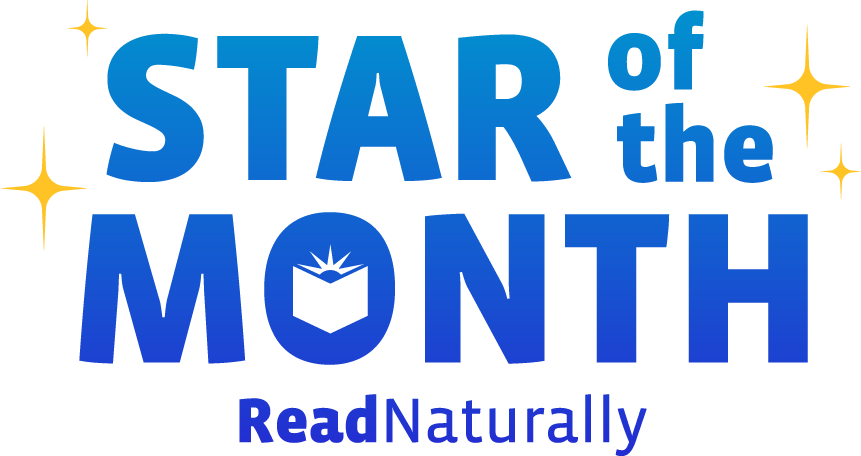When it comes to teaching children to read, the importance of a quality phonics program cannot be overstated. With so many options available, it can be challenging to determine which program will best suit the needs of your students.
Read more Signs for Sounds is a phonics-based spelling program that aligns with the Science of Reading. This program teaches phonics elements and builds mastery in encoding and decoding words with these elements. It also builds mastery in encoding and decoding high-frequency words that do not follow regular phonics patterns.
Read more Read Naturally GATE+ aligns with all of the IES recommendations for teaching foundational reading skills in the early grades.
Read more It's now well past February, but the remnants of Valentine's Day still linger in my couch cushions. The handmade cards are always my favorite ones to find… especially the ones wishing a "Happy Valantine's Day." I asked my first grader if he knew what makes the word Valentine so hard to spell. He guessed, "Because it's a long word," which is half right. Long words are usually multisyllabic, and multisyllabic words usually have a schwa. The schwa sound—such as the one on the first "e" in Valentine—is notorious for making words difficult to read and spell.
Read more Recently, a teacher who had ordered a level of GATE+ received her materials and looked through them. She was so impressed with the quality and depth of the materials that she showed her colleagues. They quickly realized they wanted the program for their classrooms too. The teacher picked up...
Read more Raise your hand if you've ever heard a child joyfully declare, "X is for Xylophone!"?
Read more If you are looking for an evidence-based reading solution whose strategy is backed by scientific research and over three decades of classroom use, check out Read Live. Try this program free for 60 days!
Read more Surprisingly, just over 50% of elementary teacher preparation programs in the United States offer courses in scientifically based reading methods (Moorer, 2020). Our new Foundational Reading Skills White Paper explains the science of how students learn to read and what skills they need to be taught.
Read more We are thrilled to share that Read Naturally's curriculum directors have recently been featured in two high-quality educational publications accessed by tens of thousands of educators nationwide. Our Director of Curriculum, Karen McKenna, wrote an article for THE Journal entitled 5 Ways to Add Elements of the Science of Reading to a Balanced Literacy Program. Our Assistant Director of Curriculum, Sarah Jane Schonour, wrote an article for SmartBrief Education entitled Providing Literacy Intervention, Support Within MTSS.
Read more How can we make a difference for our students in the area of reading? What programs do we choose? How do we know these approaches will reach each student where they are? How can I help my students’ parents understand what they are supposed to do to support their child in the area of reading? These are all questions that educators reflect on regularly.
Read more  Share your student’s success story—nominate him or her for our Star of the Month award. Win a Barnes & Noble gift card for the student and a Read Naturally gift certificate for your class!
Share your student’s success story—nominate him or her for our Star of the Month award. Win a Barnes & Noble gift card for the student and a Read Naturally gift certificate for your class!